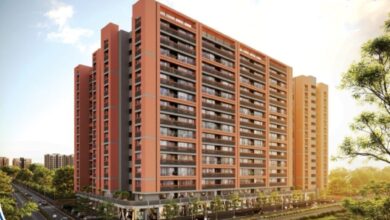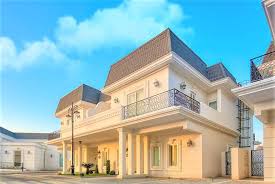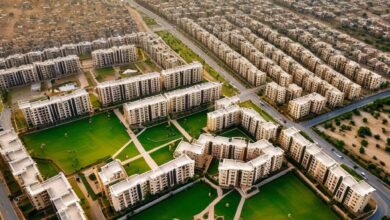Real Estate 101: Get Enlightened About What Modular Construction Is
You’ve probably bumped into a modular building once, twice or even multiple times just by simply taking a drive around town. Modular buildings are prefabricated structures that can be used permanently or temporarily.
You might also see these structures around town as modular healthcare buildings, residences, storage, shops, offices and many more. Although modular buildings are pretty much present in capital cities around the world, they are also quite abundant in rural areas.
So you can say, modular buildings are pretty convenient since they’re quick to build, cause less pollution during construction, are cost and energy-efficient and are more durable than they seem. And if you’ve ever wondered how these structures are built, below is everything you need to know about modular construction:
What is Modular Construction?
Having an idea of what modular buildings are will make it easier for you to understand what modular construction is. So basically, modular buildings, based on their name “modular” are made out of “modules” made in a factory.
They are made in different sizes, depending on the order–as well as design and function. So you could literally see a modular building that’s as small as a garden shed or as big as a commercial building.
So modular construction is just how these modular buildings are made. Buildings constructed using modular methods are constructed off-site in controlled factory circumstances using the same materials and following the same rules and standards as conventional construction. Still, they are completed in about half the normal time.
These buildings are made in separate “modules,” which, when put together on location, precisely and completely conform to the original blueprints and requirements of even the most intricate site-built venues. The factory-controlled method permits tighter construction while producing less waste and site interruptions.
What are the benefits of Modular Construction?
- Can be reused – The need for raw materials and energy to construct a structure to suit a new purpose can be decreased by disassembling modular buildings and moving or refurbishing the modules for new uses.
- Less waste of materials – Waste is reduced during manufacturing processes by safeguarding building resources, managing inventories, and recycling materials.
- Time-efficient – The completion of projects for modular buildings can be 30% to 50% faster than for traditional construction since the building can be constructed concurrently with the foundation and site preparation.
- Safer option – The danger of accidents and associated liability for workers is decreased. This is because half of the manufacturing and building is done in a factory.
- Better BIM and Engineered Buildings – PMC uses advanced BIM visualisation to evaluate energy performance and determine the most economical efficiency improvements. Like the software itself, PMC works best when this technology is used in construction settings where people, materials, and systems are already working together.
- Flexible design opportunities – Once installed, modular modules may be made to blend in with the exterior architecture of any existing structure and are nearly identical to their site-built equivalents.
- Built to code – The same materials—wood, concrete, and steel—specified by the architect for traditionally built buildings are also employed in modular construction projects. Modular buildings are designed to meet or surpass site-made structures’ building rules and requirements.
- Fewer weather risks and delays – Because 60–90% of the building is done inside factories, there is less chance of weather-related delays. Early building occupancy results in a quicker return on investment.
What are the two types of Modular Construction?
What is Permanent Modular Construction?
For this kind, modular constructions meant for long-term or permanent usage are fabricated and assembled. Permanent modular construction is often used for a variety of purposes, including hotels, schools, hospitals, commercial buildings, and more.
The same rules, standards, and durability criteria that apply to traditionally built structures also apply to these constructions. Benefits of permanent modular construction include high-quality finishing, cost-effectiveness, speed of building, and design flexibility.
What is Temporary Modular Construction?
Temporary modular construction is the process of creating and assembling modular buildings for transient or intermittent use. These buildings are frequently used for events, offices on construction sites, makeshift schools, shelters for victims of natural disasters, medical facilities, and other situations when a temporary solution is required.
Temporary modular structures offer efficiency and flexibility for short-term space requirements since they are easily erected, dismantled, and moved as needed. Even while these buildings may not have as many facilities or as complex designs as permanent modular buildings, they nonetheless have advantages including affordability and quick deployment.



